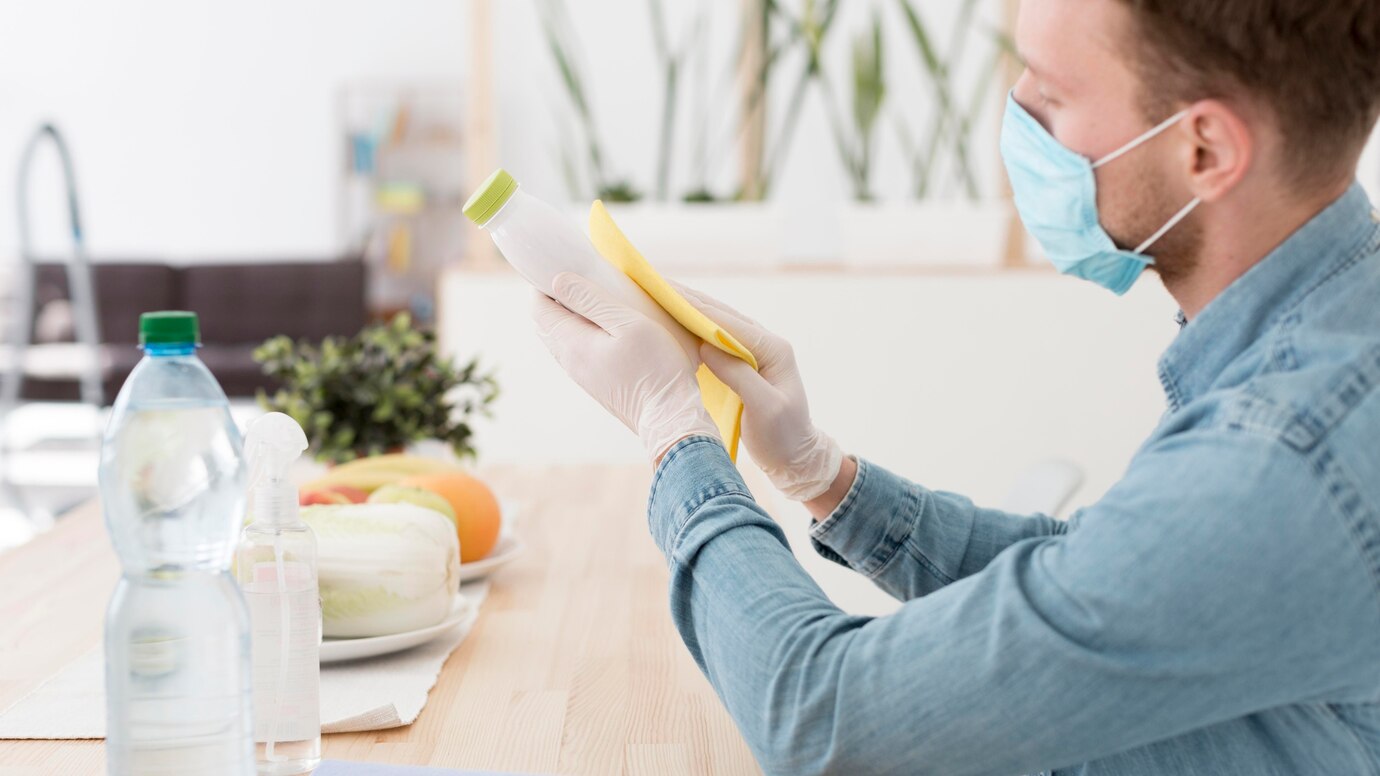A self-cleaning oven is a convenient appliance that saves time and effort, but what happens when the cleaning function fails to start? If your oven won’t start the self-cleaning cycle, it can be frustrating, especially when you rely on it to keep things tidy. Before calling a professional for oven repair, there are several troubleshooting steps you can try to fix the issue yourself.
In this article, we’ll walk you through practical tips on diagnosing the issue, checking for common faults, and ensuring your appliance gets back to its efficient performance.
Common Reasons Why a Self-Cleaning Oven Won’t Start
When a self-cleaning function fails to activate, multiple factors could be at play. These issues range from power problems to faulty sensors. Identifying the root cause will help you decide whether it’s a quick DIY fix or if you need professional assistance.
1. Power Supply Issues
Before diving into any technical troubleshooting, make sure your oven is receiving adequate power. In many cases, the oven might not start the cleaning cycle due to:
- A loose power plug
- A tripped circuit breaker
- A faulty outlet
Solution:
- Check that the oven’s plug is firmly connected to the wall outlet.
- Reset the circuit breaker in your home’s electrical panel to restore power.
- Try using another appliance in the same outlet to confirm the outlet is working.
2. Oven Door Not Locked Properly
Self-cleaning ovens require the door to be locked securely to start the cleaning process. If the door sensor does not register the lock, the oven won’t activate the self-cleaning function.
Solution:
- Double-check that the oven door is closed completely.
- Listen for a “click” sound that indicates the lock has engaged.
- Inspect the door latch for wear or damage, and replace it if necessary.
3. Incorrect Oven Settings
Sometimes, a simple oversight in settings can prevent the oven from starting the self-cleaning mode. Each oven model has specific steps required to initiate the cleaning cycle.
Solution:
- Consult your user manual for the correct sequence of settings to activate self-cleaning.
- Ensure that any timers or delay-start options are disabled.
- Confirm that the oven isn’t in a different mode, like convection or bake mode.
How to Check and Reset Error Codes on a Self-Cleaning Oven
If your oven displays an error code when you attempt to start the self-cleaning cycle, it could point to an underlying issue. Error codes vary between brands, but they often indicate problems like faulty sensors or electrical malfunctions.
Steps to Reset Error Codes:
- Unplug the oven from the power source or switch off the circuit breaker.
- Wait 5–10 minutes to allow the internal system to reset.
- Reconnect the oven to power and attempt to start the cleaning cycle again.
If the error code persists, consult the user manual for brand-specific troubleshooting tips. Some models require a service technician to clear certain codes.
Inspecting Sensors and Thermostats
The oven’s internal sensors, such as the temperature sensor and thermostat, play a crucial role in the cleaning process. If these sensors are malfunctioning, the oven might not initiate the cleaning mode.
Solution:
- Use a multimeter to check for continuity in the temperature sensor.
- If the sensor readings are outside the expected range, replace the faulty part.
- Ensure the oven thermostat is working correctly by testing it during a regular cooking cycle.
The Role of the Control Board in Self-Cleaning Ovens
Modern ovens rely on a control board to manage their various functions, including self-cleaning. A defective control board can prevent the oven from starting the cleaning mode, even if everything else seems to be in order.
Solution:
- Inspect the control board for any visible signs of damage, such as burnt components.
- If you suspect the control board is faulty, contact a professional technician to perform further diagnostics or replace the board.
Oven Maintenance Tips to Prevent Future Issues
Keeping your oven in good working condition is essential to avoid recurring issues with the self-cleaning feature. Regular maintenance can help prevent the need for frequent oven repair.
- Clean Door Gaskets: Wipe down the door gaskets regularly to ensure a secure seal.
- Avoid Using Excessive Cleaners: Some chemical cleaners can damage the oven’s sensors and components.
- Test Lock Mechanisms Periodically: Check the door latch system to ensure it functions properly.
- Run the Cleaning Cycle During Low Usage Times: Avoid running the self-cleaning cycle during holidays or busy days to reduce stress on the appliance.
When to Call for Professional Oven Repair Services
If you’ve tried all the troubleshooting steps and your oven still won’t start the self-cleaning cycle, it might be time to call for professional commercial oven repair. Issues such as defective wiring, advanced control board problems, or sensor failures often require specialized tools and expertise.
Look for a certified appliance repair technician with experience in your oven’s brand. Attempting to fix complicated electrical issues without proper training can lead to further damage.
Conclusion
Troubleshooting a self-cleaning oven that won’t start doesn’t have to be overwhelming. By following the steps outlined above, you can identify and fix common issues yourself without the need for immediate oven repair. However, if the problem persists or involves complex electrical components, don’t hesitate to seek professional assistance to keep your appliance in top condition.
Regular maintenance, careful use of the self-cleaning feature, and prompt troubleshooting will ensure your oven remains a reliable kitchen companion for years to come.
